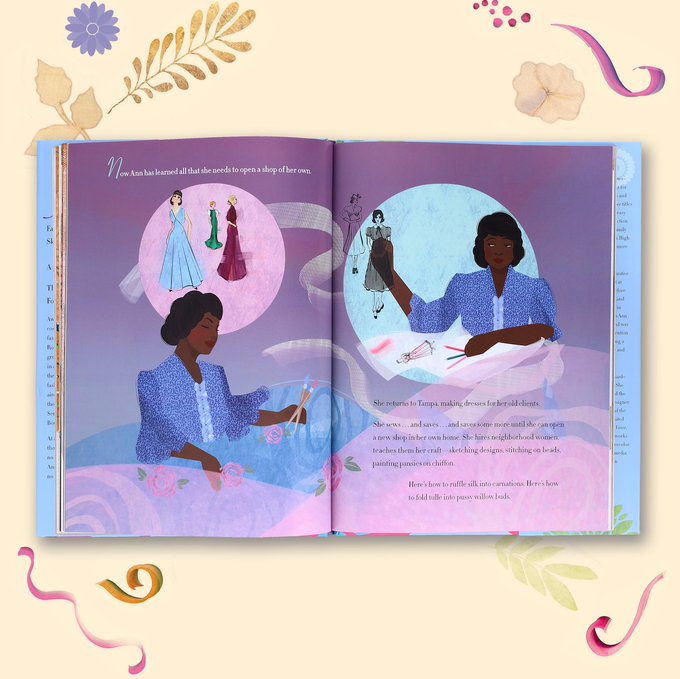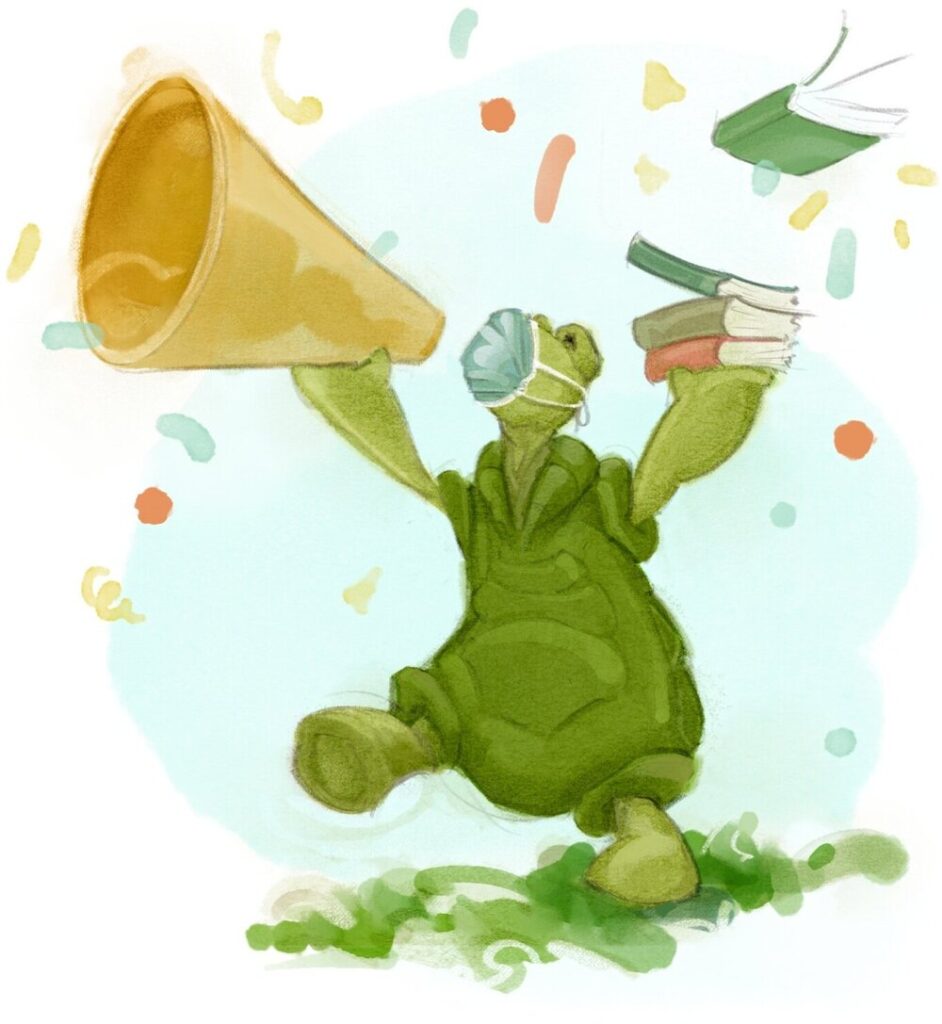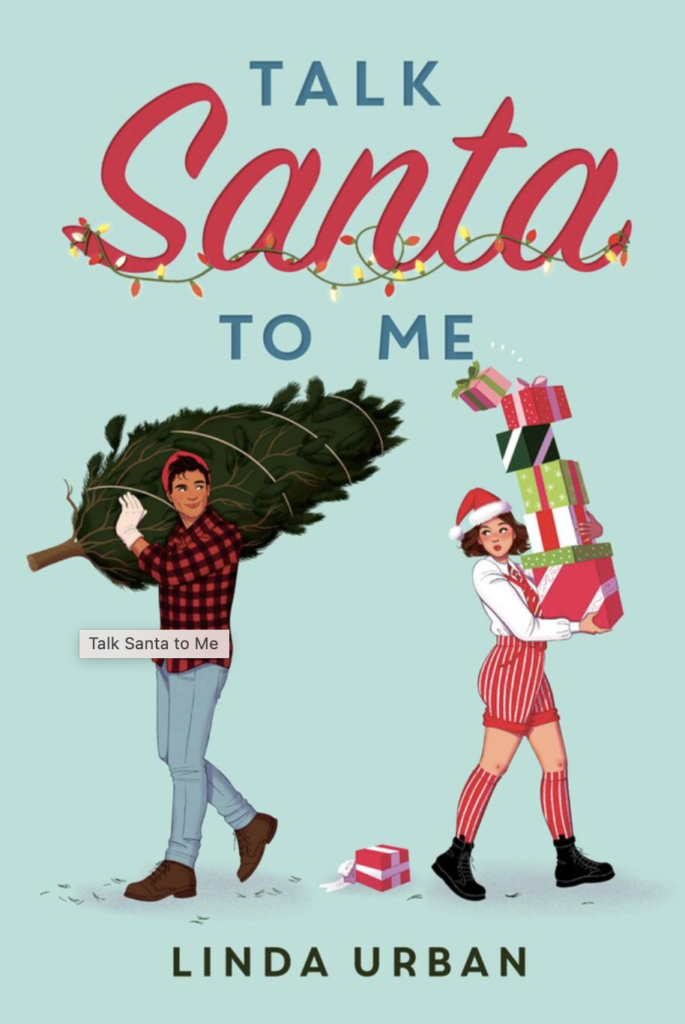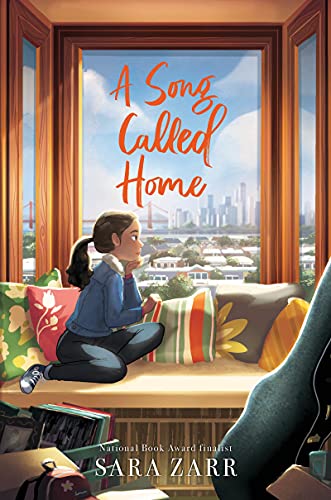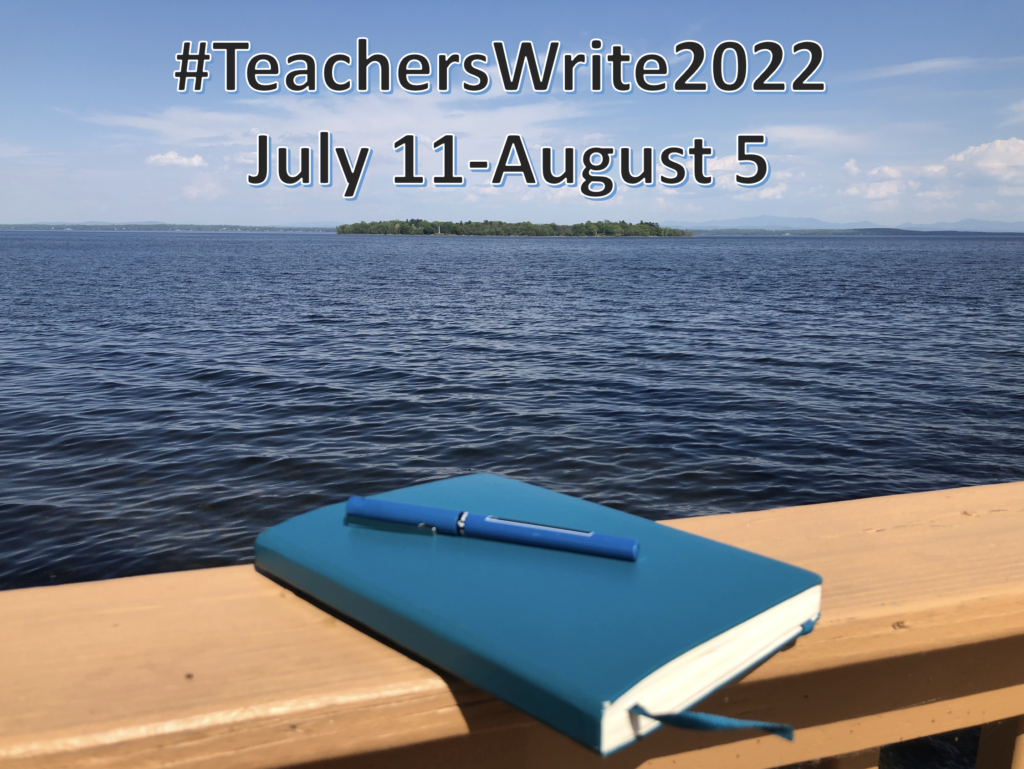I’m celebrating a book birthday today! This picture book biography has been a long time coming – almost seven years – so I woke up with happy tears in my eyes, and a few sad ones, too. Here’s why…
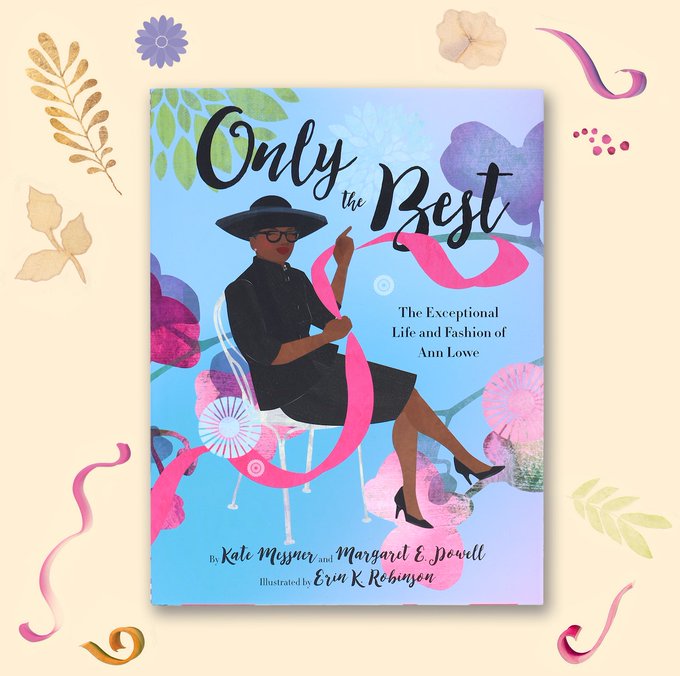
ONLY THE BEST: THE EXCEPTIONAL LIFE AND FASHION OF ANN LOWE is co-authored by Margaret Powell, illustrated by Erin Robinson, and published by Chronicle Books, and it’s about one of the first African American fashion designers – a woman whose work was so amazing and sought-after that she designed Jackie Kennedy’s wedding dress (and never got credit for it at the time – the elaborate press write-ups of the wedding simply mentioned that “a colored dressmaker” had created Jackie’s gown.)
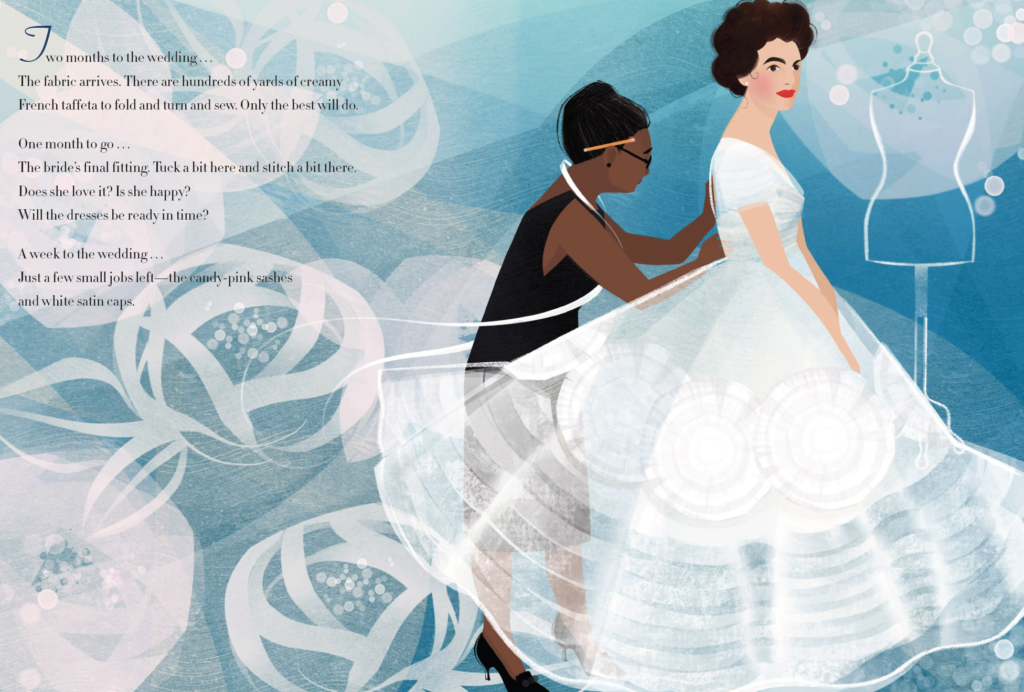
I’m so excited to introduce you to Ann’s work, and I’d also like to take a few minutes to introduce you to my friend and coauthor, Margaret Powell. Margaret passed away in early 2019, and oh my goodness, how I wish you could have met her. She was one of the smartest, loveliest people I’ve ever known, and she made it her life work to make sure people would know about Ann Lowe’s amazing talents.
It was Ann who led me to Margaret. I’d see one of Ann Lowe’s stunning gowns at the Smithsonian and made a note to look her up to learn more about her work. When I read about her history – how she’d learned to sew alongside her mother and her grandmother, an enslaved seamstress in Alabama, and how the fabric flowers she crafted from scraps as a child became a hallmark of her debutante gowns – I could immediately see her story as a picture book.
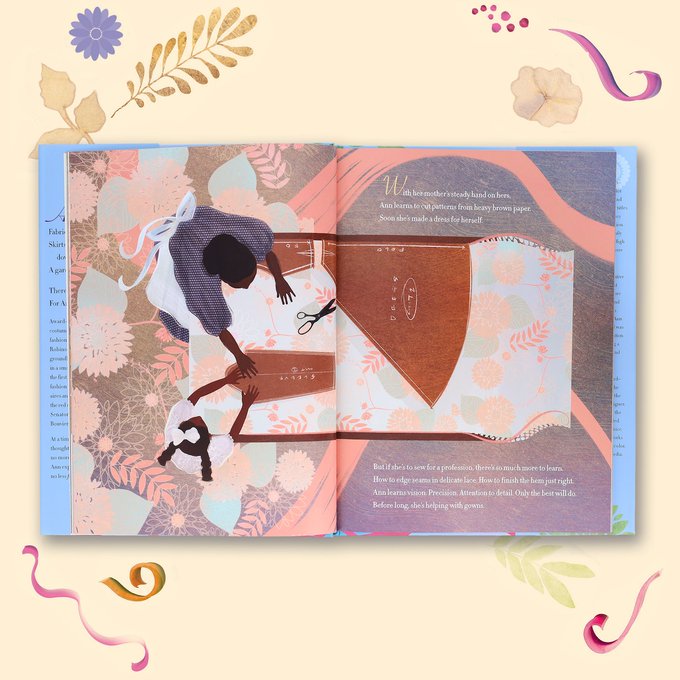
As a writer, when I have a “spark moment’ like this, the first question I ask myself is, “Is there enough information – and enough conflict and interest – here for a picture book?” As soon as I starting digging into the research, I realized that the answer to that question was a resounding yes.
The next question I ask is “Am I the best person to tell this story?” And that answer was, well, no – probably not. Ann’s life work was shaped by her history – by the talent that she inherited and honed through hard work, and by the racism that she encountered every step of the way. That’s not something I’ve experienced, and it’s not something I can write about with the same emotional depth as someone who has.
Often, when I come across a story idea like this, I’ll simply put it out to the writing community with a note – “Hey, friends! Check out this amazing person – I’m not the right person to tell this story, but maybe you are. Let me know if I can help!” And it’s great when an author who’s just the right voice for that story ends up finding it.
In this case, though, my research also led me to the person who was really meant to tell Ann’s story – Margaret. I’d come across this interview with her, in which her expertise and unbridled passion for Ann’s designs simply overflowed.
Margaret had already written her masters thesis on Ann’s work and was working on a museum exhibition of her gowns. When I reached out to her to ask about reading her Masters thesis, she shared that she was working on her own book about Ann’s life – one for adult readers.
I asked if she might want to also consider collaborating on a picture book biography for young readers – or if she’d like some help just writing it herself. We met up for brunch in New York City in December 2015 and spent two happy hours talking about Ann and gushing over her work. Margaret let me know that she’d like to work together on this book – she knew everything about Ann’s life and was excited to learn the craft and business of writing for kids.
That meeting launched months of back and forth emails and collaboration via Google docs. I had a very rough outline in mind, but Margaret had interviewed Ann’s granddaughter and understood that there were other pivotal moments in her journey that should be lifted up. We went back and forth with our editor Melissa Manlove, bringing out the poetry in the story and choosing just the right illustrator, the amazing Erin Robinson.
And while that was all happening, Margaret was diagnosed with Stage IV breast cancer. She worked on our book and her adult title (which she’d sold to Simon & Schuster!) along with her museum exhibition, all through her treatments and found so much joy in that. Just a couple of months before she died, she sent me an email from DC, where she was visiting some of Ann’s gowns for her upcoming exhibition.
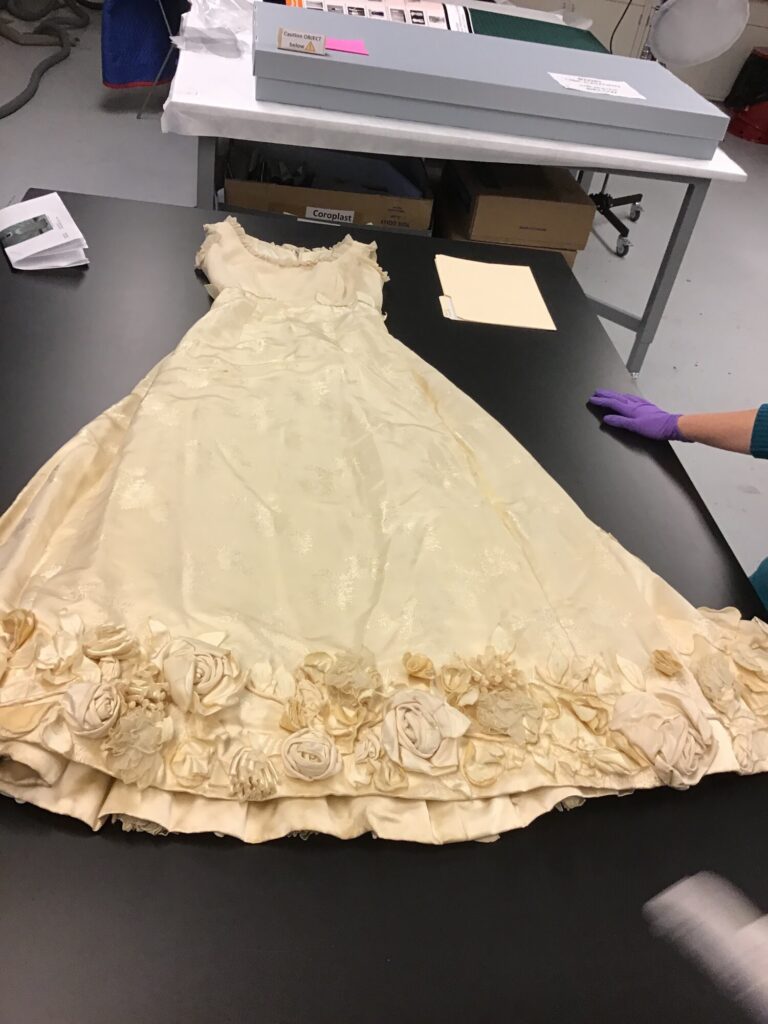
I so wish Margaret were here to celebrate this beautiful book with us today. This is her publishing debut, so I’m lighting a candle and taking some time to remember her this morning. I hope you’ll pick up a copy of the book and share Ann’s amazing story with some young readers. And please tell them about Margaret, too.
